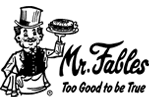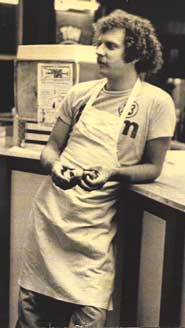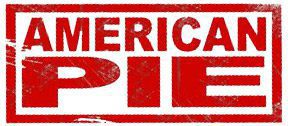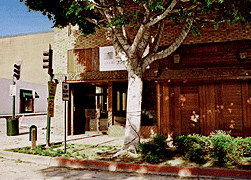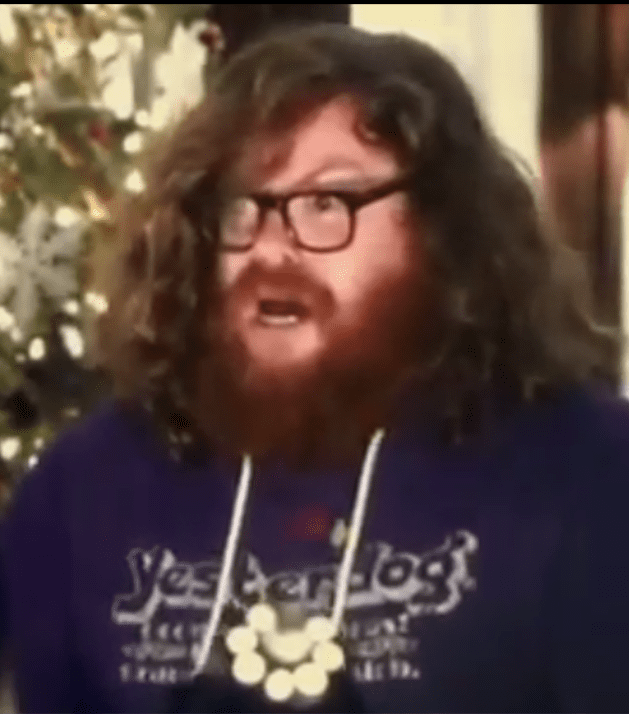OUR HISTORY
How it All Began…!

Yesterdog has won Grand Rapids Magazine’s Best Hotdog category every year since 1991, the year hotdogs were included in the poll. It has also been awarded the Gold Townie Award for Best Hotdog and won many awards for best hotdogs in Grand Rapids.
The restaurant’s interior takes guests back to the 1930’s and 40’s with vintage posters, an ornate hand crank cash register, an antique jukebox, and an old gramophone horn which serves as the “tip target” where customers toss their coins.
Customers range from Janet Jackson and Senator Levin to the business man who drives from south of 28th Street on a regular basis to get a Yesterdog for lunch. If you haven’t been in to try a Yesterdog (or Ultra, Kraut, Cheddar, or Killer dog) you don’t know what you’ve been missing!
American Pie

American Pie was directed by Paul Weitz and Chris Weitz and written by Adam Herz. Much of the film is based on the writer’s days at East Grand Rapids High School in East Grand Rapids, Michigan. In the film, the town is referred to as “East Great Falls.” The restaurant, Dog Years, is based on Eastown’s own Yesterdog.
Why Him

The 2016 movie Why Him actor Zack Pearlman can be seen wearing a Yesterdog hoodie!
The film includes Bryan Cranston as a businessman named Ned Flemming from Grand Rapids. Zack stars as Kevin Dingle, Ned’s I.T. guy.
Eastown / Yesterdog History

Grand Rapids people except those “of a certain age” – that means “old” for you who never were schooled in the classic manner – may possibly be interested to know what follows. You may be aware of the ongoing diatribes against President Obama which hearken up his college days as a community organizer as if that were synonymous with troublemaker or agitator. Glenn Beck and Rush Limbaugh and yes, even Il Douche himself have tried to excoriate the president on this point. Well, it has been a long time since young Barack was in college – come on, but in a deeper perspective he has been “accused” of being a Saul Alinsky-trained community organizer. This sounds serious, right? Why? Is it because that name sounds Russian and so must be Communist? Or, is it because it sounds Jewish and we know what THAT means…right? I’m not going to explain who Alinsky was, that’s what Google is for, but I will tell you the following little historical tale. Have you ever heard of Eastown? Did you realize that it was the first neighborhood unit with a name and unique definition in Grand Rapids aside from The Black Hills which was a geographic description which went back to the railroad days? Or that it was the first outside of Heritage Hill with an organized association of which all residents were automatically equal members? Did you know that all the other organized communities in Grand Rapids came about largely due to the success of the Eastown story? Did you realize that a group of Aquinas College students and professors were also alarmed at the essentially ghetto-like decay that was steadily occurring in the Wealthy-Lake Drive area and could get no following from the city to turn back the tide of empty storefronts, abandoned houses, derelict vehicles rusting on the streets and the consequent crime and despair that comes with crashing property values and the flight of businesses and employment that follows? These college kids and slightly older-than-kids thought they could make a change if they made themselves known and got people to realize what it meant to organize a community. Several people were at the vanguard and I can’t name them all but I know one was John Fodor, AKA “Johnie Floater” who, as an Alinsky-trained community organizer helped educate and form empowered alliances of homeowners, renters, businesspersons, and energy-filled college students and just plain folks to rise up and be heard. They knocked on doors and talked to every resident in the area. They got media coverage and took it to the city. They went to City Commission meetings. Most of all, the citizens of the area felt like they had some power and were being heard about things that made life unpleasant for them all on some level, The City of Grand Rapids increased police activity and returned walking beat cops who got to know the people on their routes. They ticketed and hauled away derelict vehicles. They took action against owners of run-down rental properties. They cleaned the streets again. It became easier to get loans for business start-ups because it suddenly looked like things might change – lenders had a lot of money in those days and it was doing them no good if people didn’t borrow it so they were willing to take a chance. The most telling part was that everyday people began to take ownership for their neighborhood, no matter how shabby it appeared on the surface. It proved to be gold underneath. You can read the history or talk to some of the early business people who came in on their dreams and remained: people like Ron Lichtenstein at Gallery 154, or “Bill” William R Lewis at Yesterdog. Saul Alinsky helped Eastown gain its identity in a real way through planned community organizing. So how bad is that? It pays to understand that nobody does anything in an “I alone,” manner – regardless of what the mouthy monomaniacs would have you believe. It takes a village or a neighborhood or a well organized cadre of believers to affect change and renewal. I know because I was there.
-Excerpt from David Marin
In The News
USA Today Article: Michigan frankfurter fans flock to Yesterdog
Business Insider: Yesterdog ranked in the top 10 on Foursquare’s list of the 40 BEST Hot Dog Joints in America
iHeart Radio: Yesterdog Named ‘Most Legendary’ Restaurant in the Entire State

